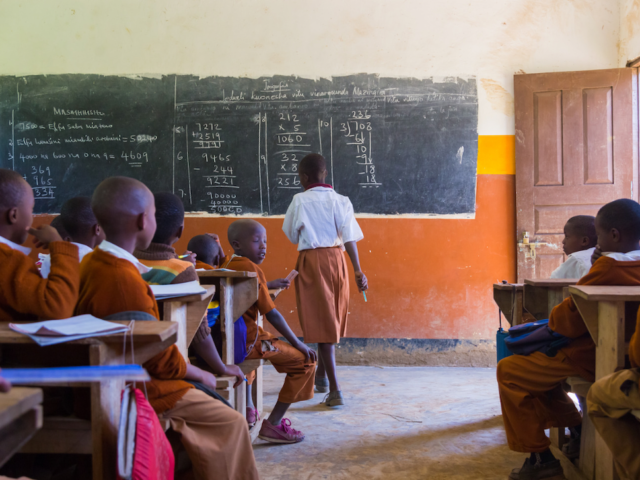The world’s largest refugee settlement is in Bangladesh.
It has been more than 40 years since the Rohingyas had to flee Burma due to persecution on account of their ethnicity. History repeated itself in August 2017 when increased military violence against the Rohingya in Myanmar resulted in more than half a million people having to flee, adding to those who had fled in previous years and including thousands of starving and exhausted children. Denied citizenship in their own country, the Rohingya were left stateless, with many forced to hide in boats in the Bay of Bengal and in the jungles of Bangladesh.
Since then, it is estimated that more than one million Rohingya refugees have fled Myanmar to Cox’s Bazar, Bangladesh, requiring assistance from humanitarian organisations.
The Cox’s Bazar settlement, composed of 33 camps, is the largest refugee settlement in the world, hosting more than one million refugees and receiving around 10 new people at the camp every minute.
Since 2017, the humanitarian community, including the UNHCR, has worked closely with the Government of Bangladesh to cooperate and improve the precarious living conditions these people are subject to, which are exacerbated by the large scale of displacement. Women and children account for 75% of the refugee population; the objectives of the humanitarian community are to protect them from the vulnerabilities and risks they may face, including gender-based abuse and violence as well as weather-related risks. Inside the camp, there are high risks of heavy rains, floods and fires, which could result in the destruction of a large part of the camp because of the inadequate materials used in the construction of the shelters. There is also a constant threat of contracting diseases which are more prevalent due to climate change and waterborne diseases such as hepatitis, diarrhoea, dengue fever, etc….
On January 7 2024, a devastating fire broke out at Rohingya refugee camp 5 in Cox’s Bazar, Bangladesh, leaving many homeless and without learning centres. More than 4,200 children were dispossessed of their belongings, including textbooks and school supplies, losing their only means of education and a vital source of hope. Dreams of one day returning to Myanmar to contribute to the future of their homeland were left in the fire.
800 homes were burned, 93 shelters were damaged, and 11 UNICEF learning centres were similarly affected, as were adjacent camps.
UNHCR seeks to meet humanitarian needs by contributing food, education, medical assistance and promoting environmental awareness in times of disaster. Such international assistance is critical to protecting the lives of refugees.
Save the Children appealed to the international community to support long-term formal employment, educational opportunities and improved living conditions for Rohingya refugees, as well as the voluntary return of refugees to Myanmar when conditions are favourable for them to do so.
Thanks to the KFW Development Bank and numerous governments from different Western countries, it was possible to implement a pilot project so that all refugees could access school curriculums from Myanmar and study in Burmese, without losing hope of one day returning home. Education in these camps is a challenge since, according to UNICEF, many parents refuse to allow their daughters to attend school because of insecurity and risks to their safety. As an alternative, it was proposed to provide classes with female teachers in educational centres close to their homes. Temporary learning centres were also set up in addition to the provision of “school kits” to help them recover from the shock and retain hope for a better future.
[Translated from Spanish]
Proofreading: Bethany Hughes
29th February 2024





